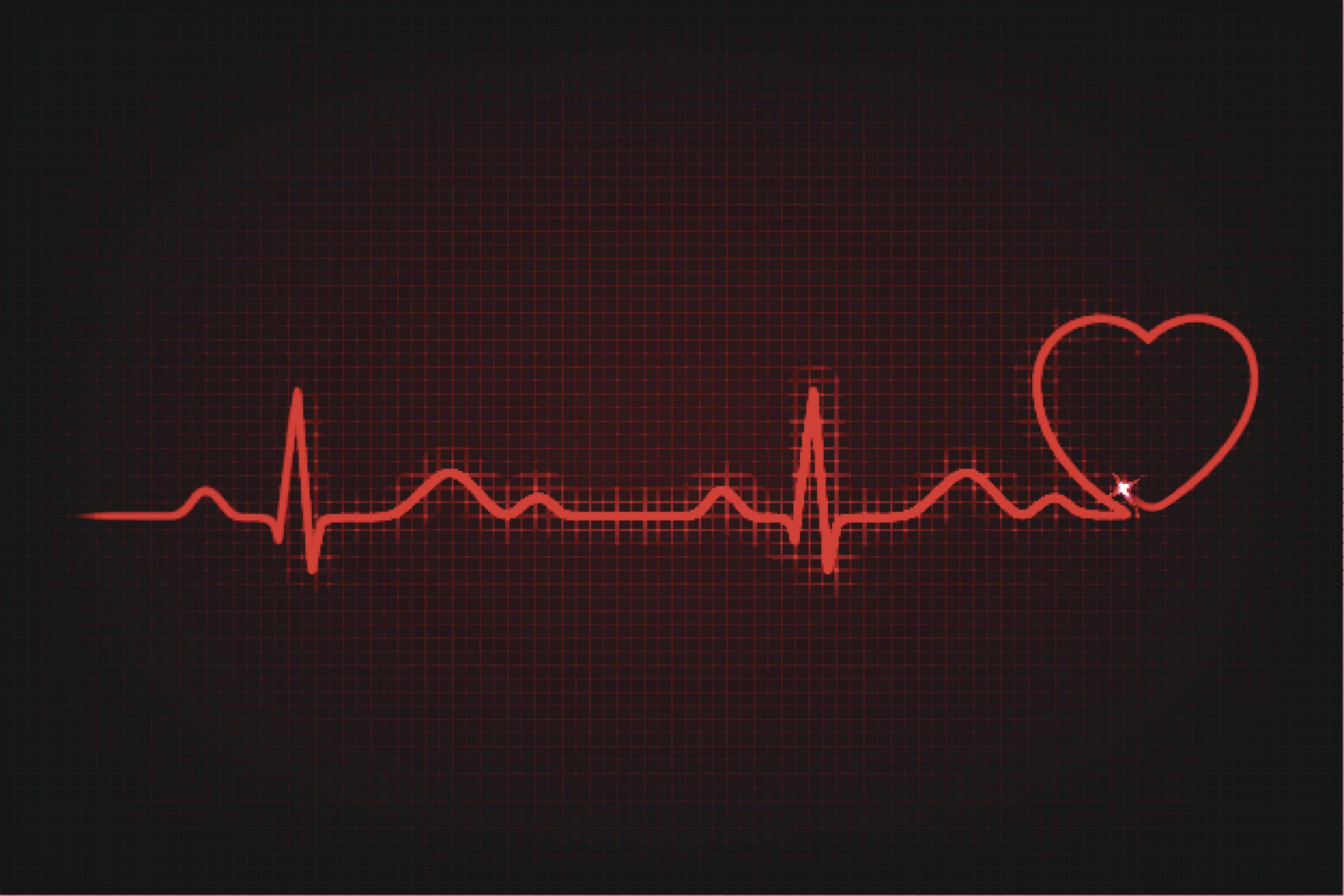Resting heart rate: What it can tell you about your health, fitness and recovery status

Many triathletes monitor their heart rate while training. But your heart rate when resting might actually matter even more.
Resting heart rate (RHR) is your heart rate measurement taken while awake and without being subject to any exertion or stimulation (think physical activity, stress or even surprise). It represents the cardiovascular system’s efficiency in delivering oxygen and other nutrients to the body in order to function at a very basic level.
How do I measure RHR?
Resting heart rate is best measured within a few minutes of waking up in the morning, before you get out of bed. This can be done manually by taking your pulse on your wrist or neck. Alternatively, you could use a heart rate monitor. For a more accurate determination of your RHR, take a full week’s worth of measurements at the same time and place and then average the values.
Low heart rate= good
RHR varies from person to person but usually falls between 60 and 100 beats per minute (bpm) in most individuals. Athletes however, and particularly endurance athletes, are known to have a significantly lower RHR, usually between 30 and 50 bpm. A lower RHR represents greater (and more efficient) overall cardiovascular fitness. This means that that the heart needs to contract fewer times to deliver sufficient volumes of blood to the body.
You can indirectly track improvements to your fitness by keeping track of your RHR over the course of several weeks and months. A downward trend in which your RHR decreases over time is a good indication that your cardiovascular fitness is improving.
Enter recovery
RHR is also a useful indicator of recovery. This could be measured when putting the body through repetitive stress during training session. If and when RHR is elevated above what is considered normal, this suggests that you have not sufficiently recovered from prior training. It may then be valuable to reduce your stress and avoid hard efforts and workouts for awhile. Overtraining is often detected by a sudden increase (of 10 per cent or more) in RHR and all hard training should be avoided until it returns to normal.

